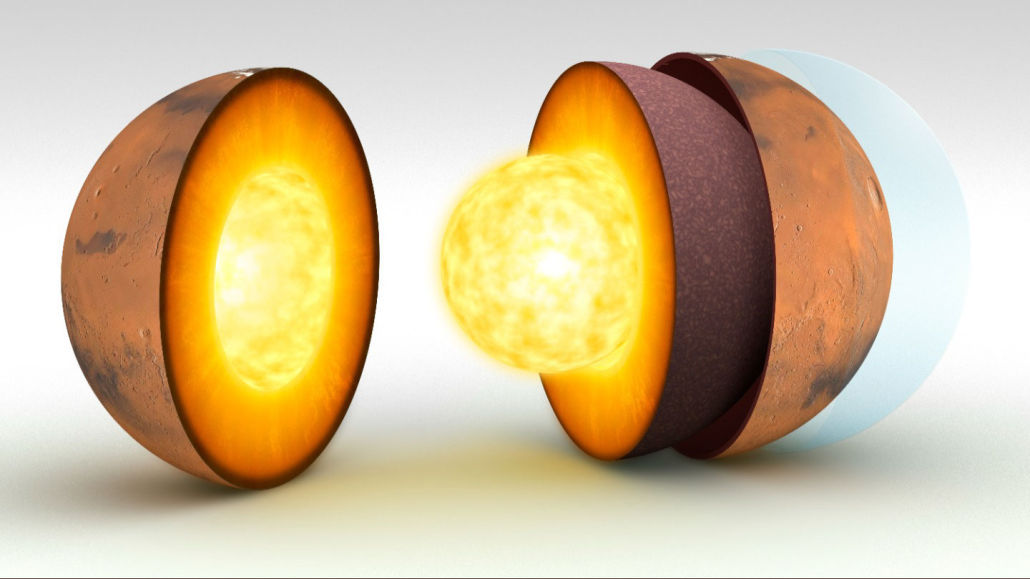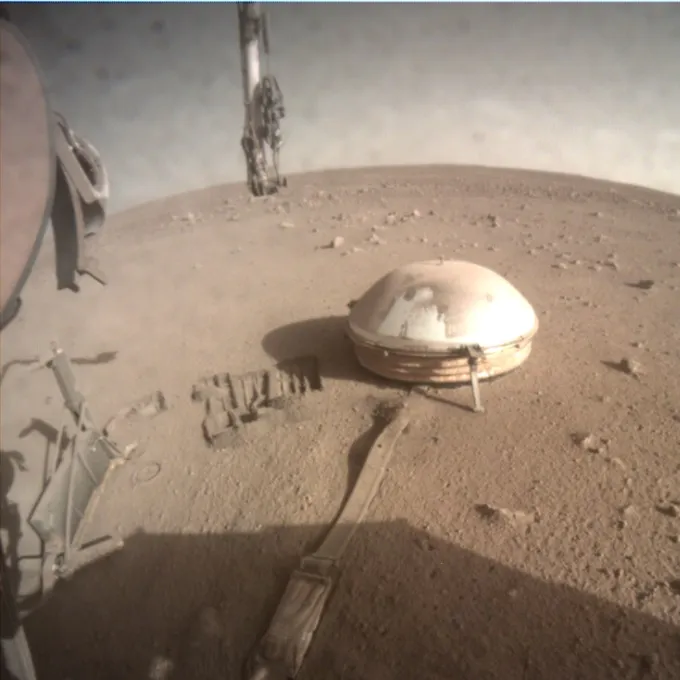Seismic waves crossing Mars’ core reveal details of the Red Planet’s heart
A Marsquake and an impact let researchers measure the physical properties of the planet’s core

Like Earth, Mars has a layered nature (illustrated here), consisting of a crust, mantle and core.
Mark Garlick/Science Photo Library/Getty Images Plus








